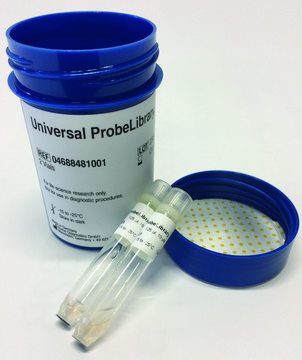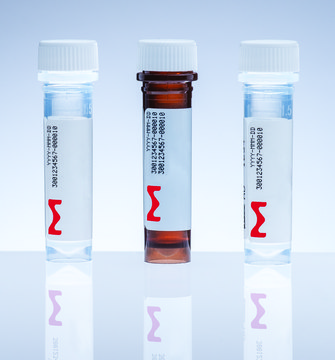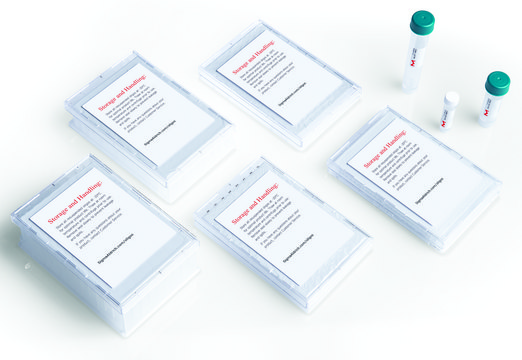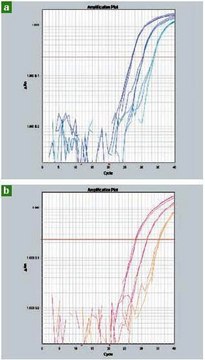UPL51THRU60
Roche
Universal ProbeLibrary
Probes 51 to 60, The Universal ProbeLibrary will be phased out by the end of 2020 and stock will be available until it is depleted. The Assay Design Center will be available through December 31st, 2020.
About This Item
Recommended Products
manufacturer/tradename
Roche
packaging
pkg of Probe #51 (04688481001)
pkg of Probe #52 (04688490001)
pkg of Probe #53 (04688503001)
pkg of Probe #54 (04688511001)
pkg of Probe #55 (04688520001)
pkg of Probe #56 (04688538001)
pkg of Probe #57 (04688546001)
pkg of Probe #58 (04688554001)
pkg of Probe #59 (04688562001)
pkg of Probe #60 (04688589001)
General description
Application
- on the LightCycler® Carousel-Based System (e.g., with the LightCycler® TaqMan® Master), or
- on other commercially available real-time PCR instruments (e.g., with the FastStart TaqMan® Probe Master).
Note: You can easily design gene-specific quantification assays using these probes and the free web-based ProbeFinder software at the Assay Design Center.
Features and Benefits
- Significantly reduces assay design time and implementation time.
- Includes features that make probe-based assays specific, flexible, and convenient.
- Needs no special hardware or unusual reaction conditions.
Components
Quality
Purity: Each probe is analyzed by anion-exchange HPLC.
Composition: Each probe is analyzed by MALDI-MS.
Other Notes
Assay design: The free online ProbeFinder software, available at the Universal ProbeLibrary Assay Design Center, designs one or more intron-spanning assays for a target gene, based on specific information (i.e., gene name, accession number, or sequence) that you submit. For each assay it designs, the software will specify a set of specific primers plus a probe from the Universal ProbeLibrary that will give the best results. The combination of primers and probe will provide specific amplification and detection of your target sequence in a standard real-time PCR assay.
Labeling: pre-labeled with a reporter fluorophore (FAM) and a dark quencher dye.
Instrumentation required: standard real-time PCR instrumentation.
Notes: In addition to being available individually, the Universal ProbeLibrary probes are available in sets (90 probes/set), each of which covers virtually all the transcripts from a single organism. Together, the sets cover approximately 99% of the human, primate, mouse, rat, C. elegans, Drosophila, and Arabidopsis gene transcripts listed in the NCBI Reference Sequence Database.
For more information, see the listings for these organism-specific sets.
Legal Information
Regulatory Information
Choose from one of the most recent versions:
Certificates of Analysis (COA)
Sorry, we don't have COAs for this product available online at this time.
If you need assistance, please contact Customer Support.
Already Own This Product?
Find documentation for the products that you have recently purchased in the Document Library.
Oral Microbiome to Increase Its Pathogenicity
cancer DU145 cells with the combination of sodium
butyrate and 5'-Aza-2'-deoxycytidine
Our team of scientists has experience in all areas of research including Life Science, Material Science, Chemical Synthesis, Chromatography, Analytical and many others.
Contact Technical Service


